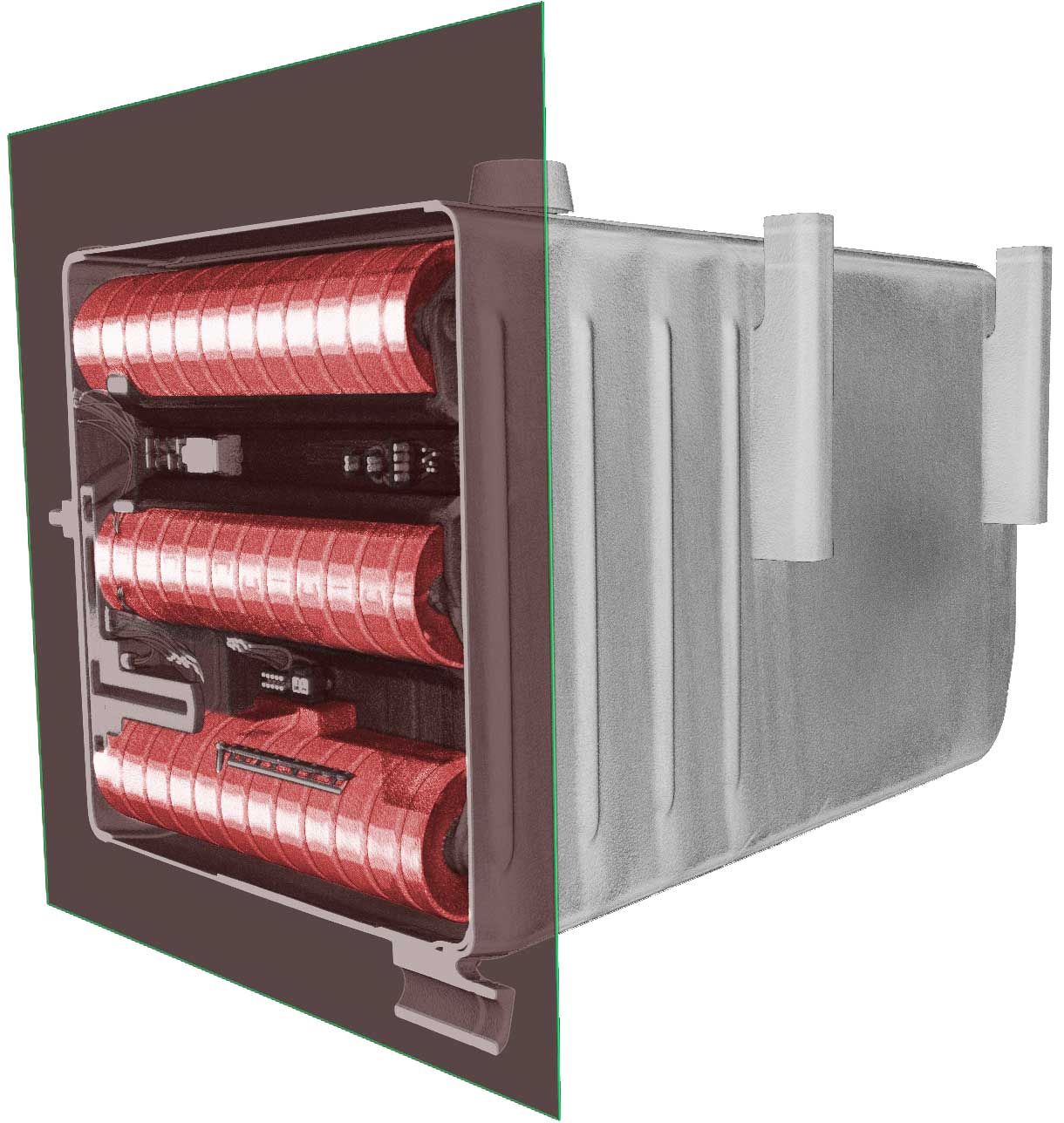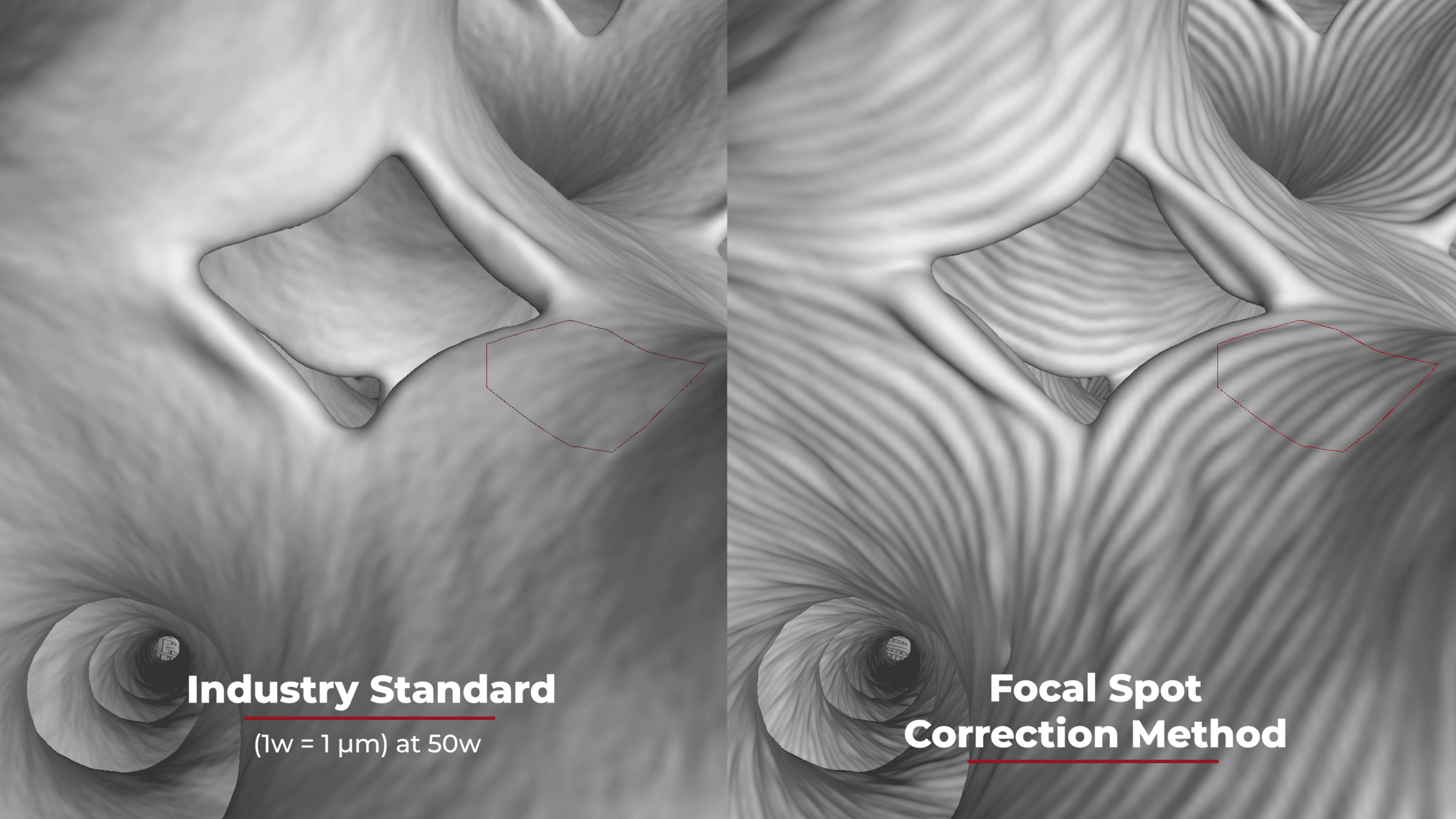How do I calculate the file size for a digital image?
As the resolution and bit depth of digital detectors continue to improve, the user often gets excited about the improved image quality. Your IT person however may not share your enthusiasm when they see the size of the files being stored. One quick way to calculate the file size of your new system is to calculate the total number of pixels in the detector, multiply that by the number of bits of bit depth and divide the result by 8 (because there are 8 bits in a byte)
1 Byte = 8 Bit 1 Kilobyte = 1,024 Bytes 1 Megabyte = 1,048,576 Bytes 1 Gigabyte = 1,073,741,824 Bytes
Step 1: Multiply the detectors number of horizontal pixels by the number of vertical pixels to get the total number of pixels of the detector.
Step 2: Multiply total number of pixels by the bit depth of the detector (16 bit, 14 bit etc.) to get the total number of bits of data.
Step 3: Dividing the total number of bits by 8 equals the file size in bytes.
Step 4: Divide the number of bytes by 1024 to get the file size in kilobytes. Divide by 1024 again and get the file size in megabytes.
Examples:
Perkin Elmer 1621: 2048 x 2048 = 4,194,304 (4.2 megapixel Detector)
4,194,304 pixels X 16 bit = 67,108,864 ÷ 8bits = 8,388,608 Bytes ÷1024 = 8,192 Kilobytes ÷ 1024 = 8 Megabytes
VARIAN 2520: 1,920 x 1536 = 2949120 (2.95 Megapixel Detector)
2,949,120 X 16 bit = 47185920 ÷ 8bits = 5,898,240 Bytes 5,760 Kilobytes ÷ 1024 = 5.625 Megabytes)
In Sumary:
# Of Pixels X Bit Depth ÷ 8 ÷ 1024 ÷ 1024 = File Size in Megabytes (MB)


